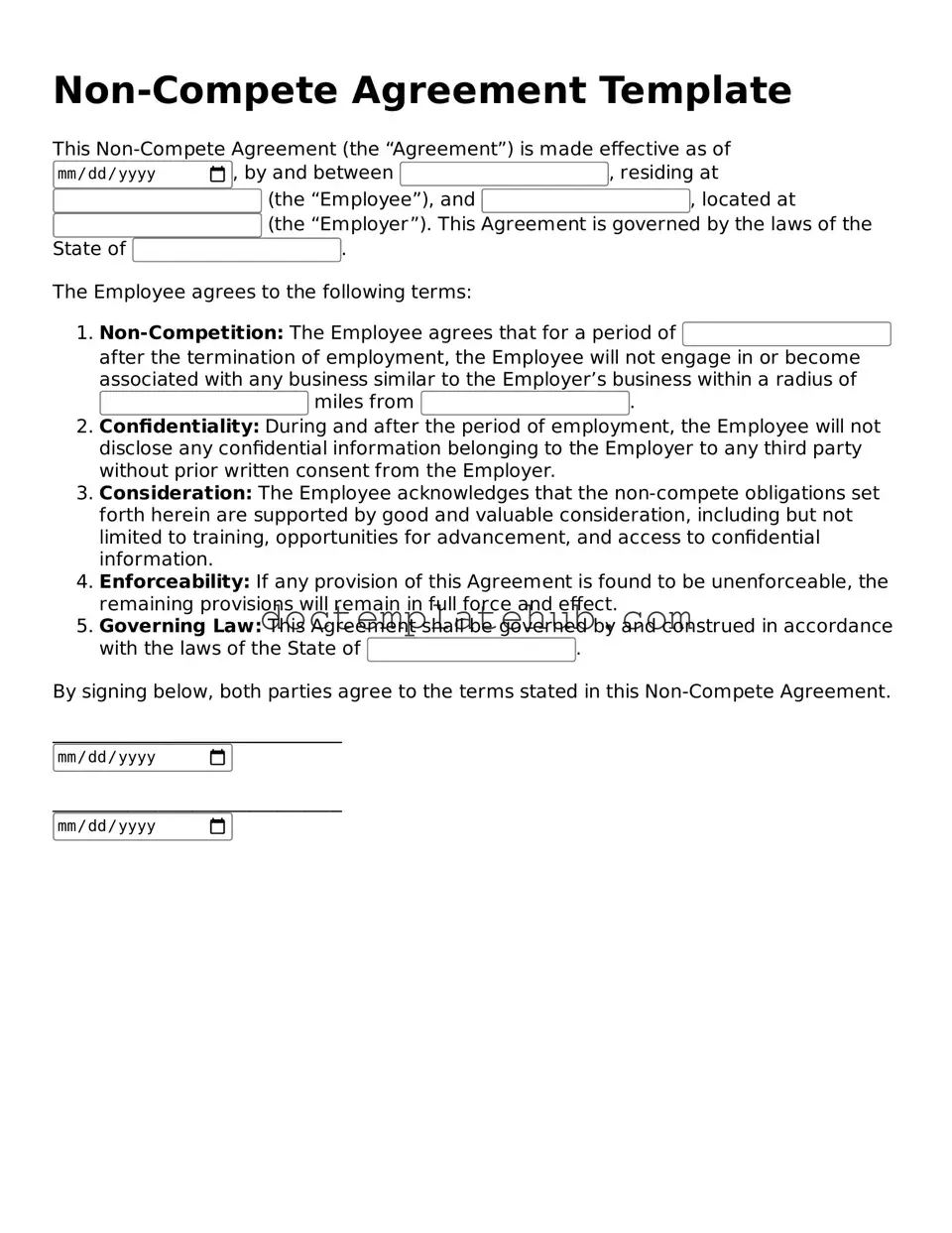What is a Non-compete Agreement?
A Non-compete Agreement is a legal contract between an employer and an employee. It restricts the employee from engaging in business activities that compete with the employer's business for a certain period of time after leaving the company. The goal is to protect the employer's trade secrets and business interests.
Why would an employer want a Non-compete Agreement?
Employers often use Non-compete Agreements to safeguard their competitive edge. By preventing employees from joining rival companies or starting similar businesses, employers can maintain their client relationships, proprietary information, and overall market position.
Are Non-compete Agreements enforceable in all states?
No, the enforceability of Non-compete Agreements varies by state. Some states impose strict limitations on these agreements, while others allow them under specific conditions. It’s crucial to understand your state’s laws to determine whether a Non-compete Agreement is likely to be upheld in court.
What should be included in a Non-compete Agreement?
A well-drafted Non-compete Agreement typically includes the duration of the restriction, the geographic area covered, and the specific activities that are prohibited. Clarity is key; both parties should understand the terms to avoid future disputes.
How long does a Non-compete Agreement usually last?
The duration of a Non-compete Agreement can vary widely. Commonly, these agreements last from six months to two years. However, the length must be reasonable and justifiable based on the industry and the role of the employee.
Can I negotiate the terms of a Non-compete Agreement?
Yes, you can negotiate the terms of a Non-compete Agreement before signing. If you believe certain provisions are too restrictive or unfair, it’s important to discuss your concerns with your employer. Open communication can lead to a more balanced agreement.
What should I do if I believe my Non-compete Agreement is unfair?
If you feel that your Non-compete Agreement is overly restrictive or unjust, consider seeking legal advice. An attorney can help you understand your rights and may assist in negotiating a more favorable agreement or exploring options for challenging its enforceability.
